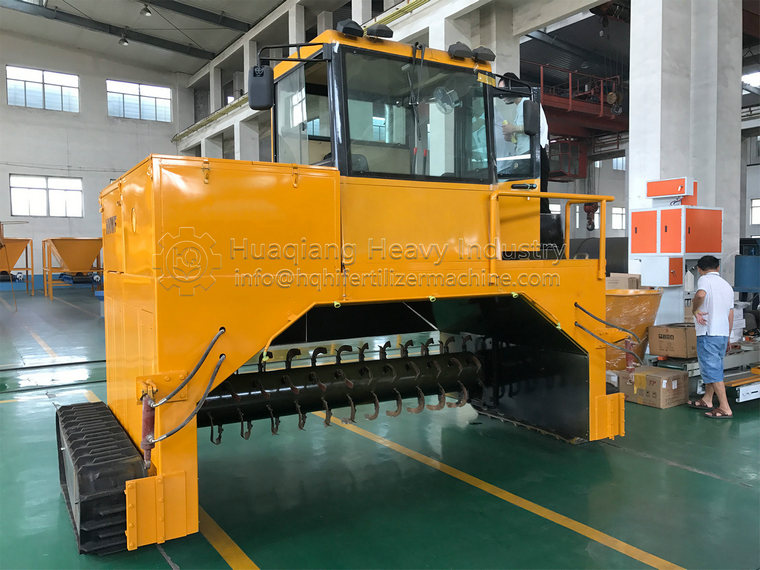How much investment is needed to start an organic fertilizer processing plant
The investment cost of opening an organic fertilizer processing plant varies due to factors such as scale, equipment configuration, and regional differences.
Fermentation equipment: used for the fermentation process of organic matter, such as track type flipping machines, walking type flipping machines, wheel disc flipping machines, chain plate flipping machines, and slot type flipping machines.
Crushing equipment: used to crush raw materials into smaller particles, such as new vertical crushers, urea crushers, cage crushers, semi wet material crushers, and straw crushers.
Mixing equipment: used to mix different raw materials and additives, such as disc mixers, BB fertilizer mixers, horizontal mixers, single axis continuous mixers, and double axis horizontal mixers.
Granulation equipment: used to make mixed materials into granules, such as roller extrusion granulator, disc granulator, new organic fertilizer granulator, drum granulator, and stirring tooth granulator.
Drying and cooling equipment: used to remove excess moisture from particles and reduce temperature, ensuring product stability and quality.
Screening and batching equipment: such as drum screening machines, static batching machines, and dynamic automatic batching systems, used for screening and proportioning raw materials.
Small organic fertilizer processing plant. The equipment investment is relatively small, the production cost is low, and it is easy to operate. The annual output is below 10000 tons, and the investment is approximately between 220000 and 250000 RMB, including the construction of rainproof steel structure greenhouses, labor wages, raw material procurement, depreciation fees, electricity bills, and miscellaneous expenses.
Medium sized organic fertilizer processing plant. The production line with an annual output of 5000 tons of organic fertilizer has an equipment investment of approximately 150000 RMB, a factory construction cost of approximately 400000 RMB, and a total cost of approximately 550000 RMB.
Large organic fertilizer processing plant. A production line with an annual output of 10000 to 80000 tons, with equipment investment ranging from 150000 to 300000 RMB, depends on the scale and configuration of the production line.
In addition, organic fertilizer processing plants also need to consider other costs such as land rent, personnel salaries, water and electricity expenses, etc. Overall, the investment cost of organic fertilizer processing plants fluctuates greatly due to differences in scale and region.




.jpg)
.jpg)
